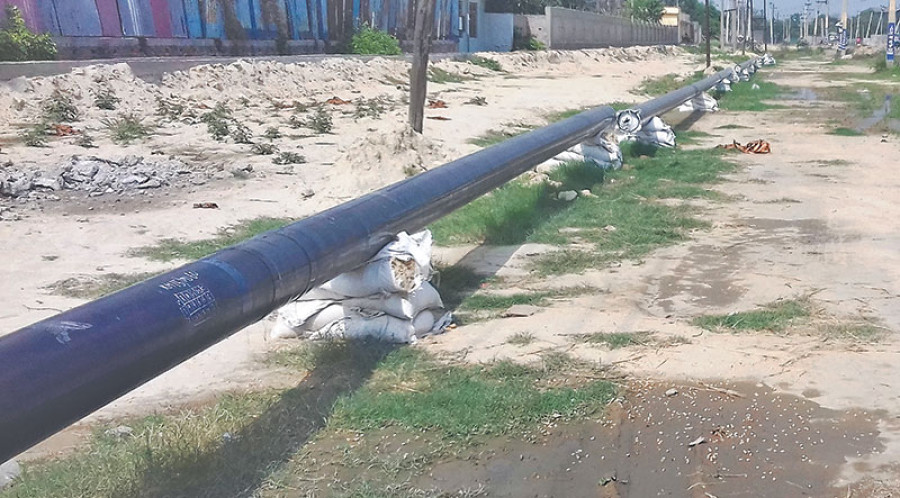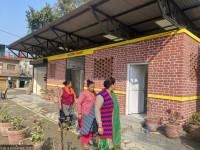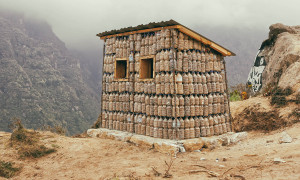Money
Nepal-India oil pipeline: 13km pipeline laying works completed
Workers have completed laying 13 km out of the 69 km Amlekhgunj-Raxaul oil pipeline in the last three and a half months.
Shankar Acharya
Workers have completed laying 13 km out of the 69 km Amlekhgunj-Raxaul oil pipeline in the last three and a half months.
According to the project, as of now, the petroleum pipeline has been laid along the Pathlaiya-Simara-Jitpur, Parwanipur and Birgunj bypass roadway areas.
Sharad Prasad Poudel, chief of the petroleum pipeline project, said they were unable to lay the pipeline in Jitpur areas due to the obstruction from the locals.
According to him, 3 km out of 9 km stretch works on the Birgunj bypass roadway has been completed.
Poudel said they would soon lay the 8.5 km pipeline in Pathlaiya-Amlekhgunj section that lies in the Parsa National Park areas.
“We have already completed the necessary work to receive approval from the forest authority to get permission to lay pipeline in the national park areas,” said Poudel. He, however, said that works might be affected in many places due to incessant rainfall.
The pipeline project was started on March 9.
Most of the pipeline alignment lies in Birgunj-Pathlaiya commercial highway that is undergoing expansion into a six lane road. According to Poudel, the pipeline is being laid at a depth of 2.5 metres underground. Where the alignment crosses rivers, the pipeline will be laid beneath the riverbed.
Indian construction company Likhiya Infrastructures has been awarded the pipeline construction project with the completion deadline of 15 months. Simlesh Limited of Maharashtra, India is manufacturing the steel pipes being used in the project.
Moti Prabha Infra Tech, another Indian company based in Faridabad, has been upgrading four vertical fuel storage tanks at the Amlekhgunj depot of Nepal Oil Corporation (NOC). These tanks have a combined storage capacity of 13,400 kilolitres. Two of the tanks can hold 3,900 kilolitres each and the other two tanks can hold 1,500 kilolitres and 4,100 kilolitres respectively.
Indian Oil Corporation has been funding the major cost of the petroleum pipeline construction. NOC has borne the cost of land compensation.
Out of the pipeline’s total length, 32.7 km will lie in India and 26.2 km in Nepal. The design throughput capacity of the pipeline is 2 million tonnes per annum. The pipeline project is expected to cost IRs3.24 billion.
The construction of the pipeline is expected to help ensure regular supply of petroleum products to Nepal besides reducing transportation costs and eliminating the vagaries of transportation by tanker truck.
Nepal’s oil import bill ballooned to a record Rs131.93 billion in the first 10 months of the fiscal year, largely due to a sharp growth in domestic consumption despite regular electricity supply.
Nepal Rastra Bank (NRB) statistics show that fuel imports surged 34.6 percent from mid-July to mid-May compared to the same period a year ago. The figure is almost double the 15 percent annual growth envisaged by Nepal Oil Corporation (NOC), the state-owned oil monopoly.
If current trends hold, petroleum imports are likely to cross the Rs150 billion mark by the end of this fiscal year. Fuel accounts for nearly 14 percent of the country’s total import bill.




 7.12°C Kathmandu
7.12°C Kathmandu














